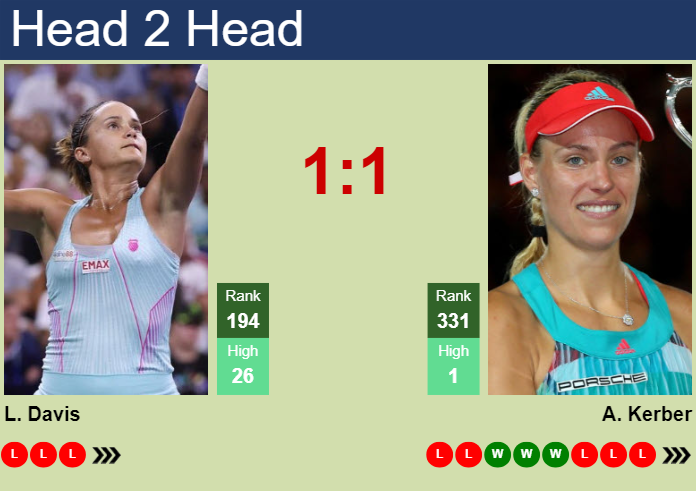Okay, so today I decided to get my hands dirty with comparing Kerber and Davis. I’ve heard a lot about both, and I finally wanted to see what the fuss was all about, and more importantly, which one would work best for my needs.

Setting Things Up
First things first, I needed to set up a testing environment. I’m not going to lie, this part always feels a bit tedious, but it’s super important. I decided to go with a simple virtual machine – nothing fancy, just enough to run both systems without things getting too crowded.
- I grabbed the latest stable releases of both Kerber and Davis. Always a good idea to start with the newest versions, right?
- Got the VMs up and running. Made sure I had enough RAM and disk space allocated. Wouldn’t want things to crash mid-way!
The First Run: Kerber
I started with Kerber. I followed the basic installation instructions, you know, the usual “next, next, finish” routine. It went pretty smoothly, I have to say. No major hiccups, which is always a good sign!
Once installed, I played around with the basic features. Navigating the interface, setting up some basic configurations… I wanted to get a feel for how it felt to use it. My first impression? Pretty straightforward. I didn’t feel lost, which is important for me. I’m not a fan of overly complicated systems.
Switching Gears: Davis Time!
With Kerber done, I moved on to Davis. Installation was… similar. Again, followed the standard procedure. There were a couple of extra steps, I think, but nothing that made me scratch my head too much.
The interface on Davis felt a bit different. A little more… modern, maybe? It took me a few extra minutes to find my way around, but once I got the hang of it, it was fine. Functionality-wise, it seemed to offer many of the same basic things as Kerber.

Head-to-Head: The Nitty-Gritty
This is where I really started digging in. I ran some basic tests. You know, created some sample data, tested some core functions, checked how things worked together, just me messing around. I wanted to push both systems a bit, see how they responded under a little pressure.
Honestly? Both performed well in these basic tests. I didn’t notice any huge differences in terms of speed or resource usage. I was looking and looking and still found nothing.
My (Very) Unscientific Conclusion
So, after spending a good chunk of my day playing with Kerber and Davis, what’s my verdict? For my basic needs, at least from this initial testing, they both seemed pretty capable. If I had to choose right now, I’d say… it’s a tie! I know, I know, not the most exciting conclusion. But hey, that’s how it goes sometimes. Both got the job done, and that’s what I was looking and hoping for.
I’ll probably need to do some more in-depth testing, with more complex scenarios, before I can make a truly informed decision. But for now, I’m pretty happy with what I’ve seen from both Kerber and Davis. But I am glad to have gone through this whole process from top to bottom, it makes me more sure of my future projects.







